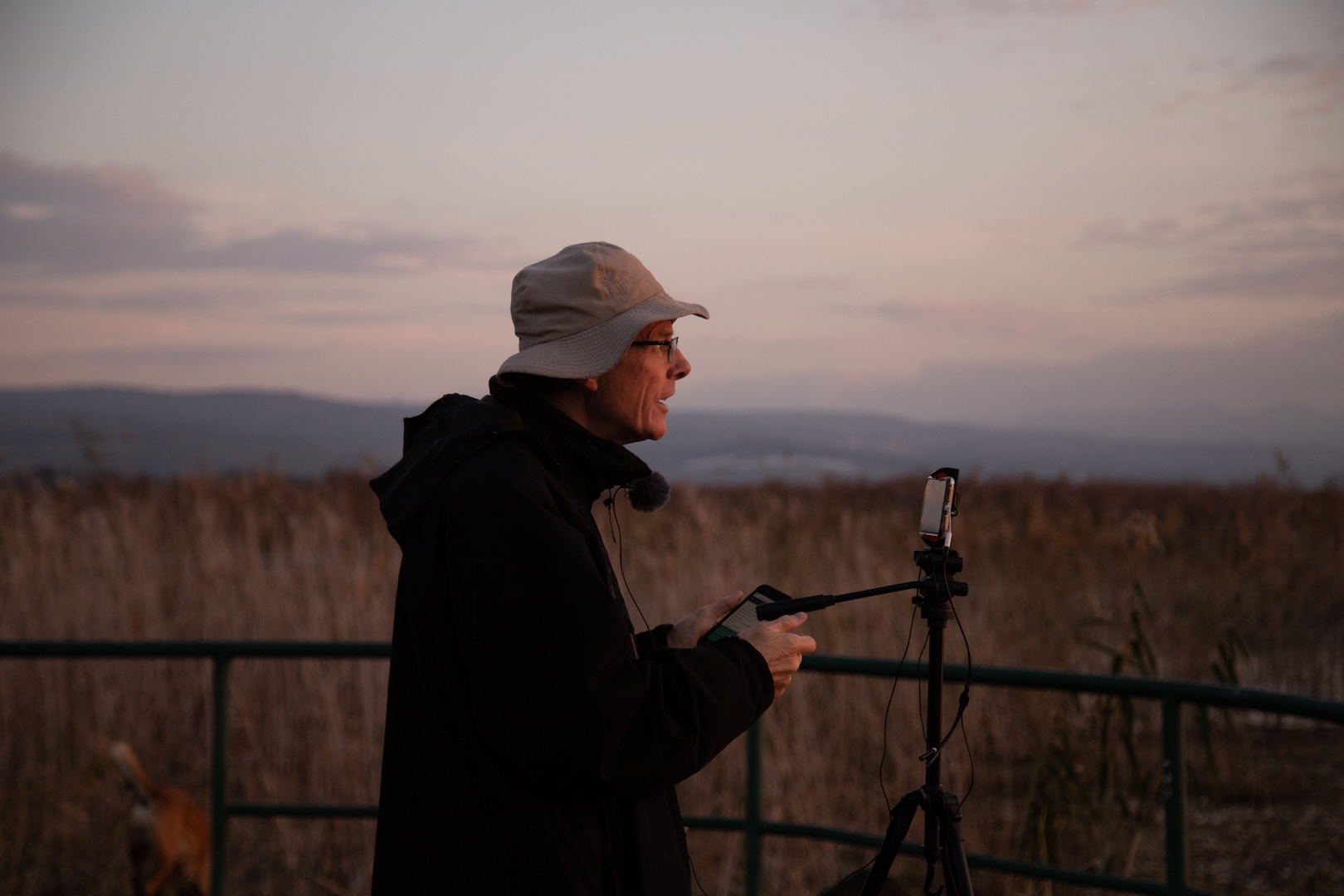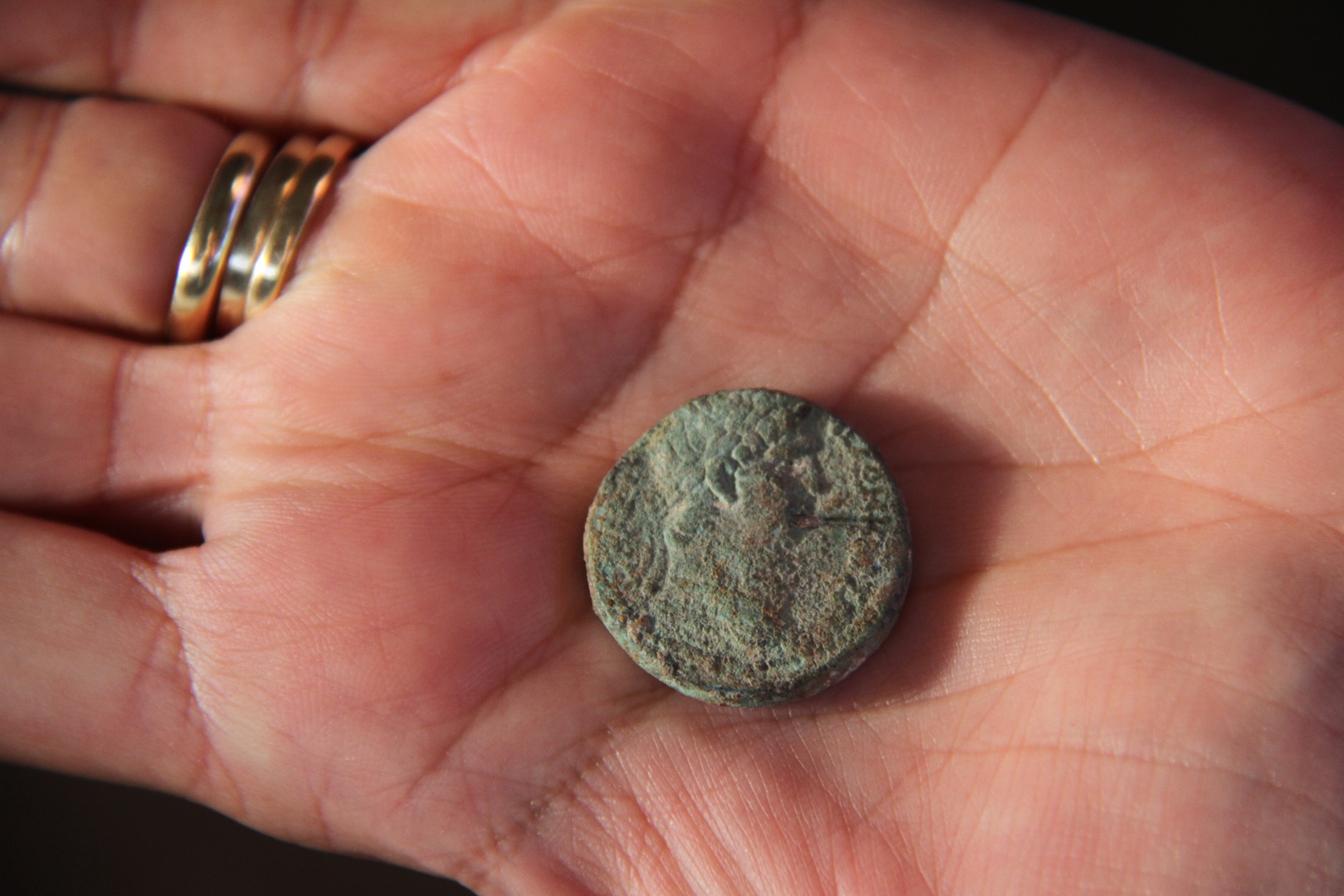We have talked about Italian and Spanish pilgrims who passed through the Holy Land during Ottoman times. Now it is the turn of a Frenchman: the Jesuit Michel Naud.
Fr. Michel Naud visited Galilee around 1670. His stop in Magdala was brief because, as he recounts, the guides “made us go a little fast.” So fast, in fact, that he got confused and thought that the village of el-Mejdel (that is, Magdala) was Bethsaida: “Its remains are so insignificant that many of our group didn’t even see it.” However, continuing his journey toward Tiberias, he saw a ruined tower by the sea, which the locals called Burj el-‘Ásheq (the Lover's Tower), and the guides told him that this was the ancient Magdala. “This Magdalum was the castle from which St. Mary Magdalene took her surname.” They also told him that “the walls of a church can still be seen there,” although Fr. Naud was in too much of a hurry to approach the site and verify it. What Fr. Naud describes doesn’t seem to match what we know as Magdala, but rather the place where the Orthodox Church of St. Mary Magdalene is currently located, halfway between Magdala and Tiberias.
We don’t know what dark love tragedies led the Arabs to call that place “the Lover’s Tower.” In any case, it seems fitting to apply it to Mary “the Tower,” in whose mouth the liturgy places those words from the Song of Songs: “I will rise and go about the city, through the streets and squares; I will seek the one my soul loves.”
Discover more articles from this category







